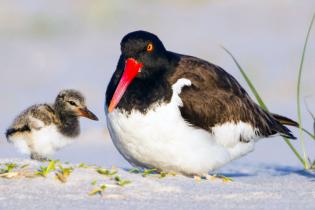Search
Program
Hawaiian Forest Birds
The Hawaiian Forest Bird Program focused on strategic investments to secure populations of three species—palila, Maui parrotbill and Nihoa millerbird, with an ancillary goal of applying lessons learned through focused recovery of these species to additional threatened Hawaiian forest bird species. In 2009, NFWF and partners developed the Hawaiian Forest Bird business plan for the conservation of Hawaiian forest birds to mitigate pervasive threats over a 10-year period.Image

Program
Pacific Southwest Fuels Management Partnership
The Pacific Southwest Fuels Management Partnership identifies and funds fuel management projects that reduce the risk of severe wildfire, protects ecological values of U.S. Forest Service restoration investments, and reduces the chance of damage to public and private improvements near U.S. Forest Service Lands.Image

Program
Pulling Together Initiative
Invasive plants represent a significant threat to the ecology and economy of the United States. They degrade millions of acres of critical wildlife habitat and cause billions of dollars in damage to farms and ranches each year. They can outcompete native species, alter food chains, and reduce biodiversity. NFWF sought to prevent, detect, or control invasive and noxious plants through a coordinated program of public/private partnerships. It also aimed to increase public awareness of the adverse impacts of invasive and noxious plants.Image
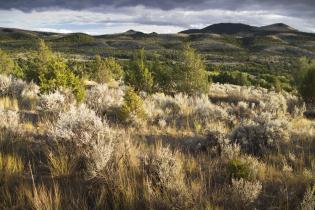
Program
Guam Habitat Conservation Initiative
The Guam Habitat Conservation Initiative aims to protect, restore, and enhance targeted native limestone forest, ravine forest, and savanna habitats to support conservation and recovery of federally listed and at-risk species. Through a cooperative partnership under the Department of Defense (DoD) Readiness and Environmental Protection Integration (REPI) Program, Joint Region Marianas, and the National Fish and Wildlife Foundation (NFWF), in collaboration with Guam Department of Agriculture (DOAG), the U.S. Fish and Wildlife Service (USFWS), and other partners, this program will support strategies developed through the Program’s five-year implementation plan to improve baseline conditions of native forest and habitat health.Image
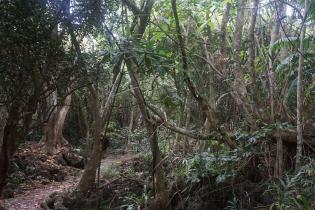
Program
Bats for the Future Fund
The Bats for the Future Fund provides funding for existing and novel treatments for white-nose syndrome, a disease that has killed millions of bats over the two decades.Image
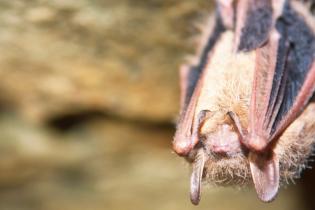
Program
Ocean Health Initiative
The Ocean Health Initiative supported projects that result in meaningful improvements to the health of threatened marine and coastal species and habitat. The Initiative engaged diverse communities, including youth and minorities, in targeted projects in key watersheds of the East Coast and the Gulf Coast to restore fish and wildlife and their habitats and directly engage people and communities in aquatic conservation work.Image

Program
Pecos Watershed Conservation Initiative
The Pecos Watershed Conservation Initiative supports conservation projects in the Pecos River Watershed, which extends from eastern New Mexico into West Texas, and comprises a large portion of the energy-rich Permian Basin. The initiative identifies strategic conservation opportunities and works to enhance and restore the natural resources and wildlife habitat in the region.Image
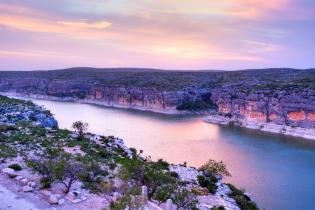
Program
Sea Turtles
The National Fish and Wildlife Foundation’s Sea Turtles Program is guided by a 10-year strategy to guide conservation investments that will measurably improve the current recovery trajectory of seven sea turtle populations in the Western Hemisphere.Image

Program
Atlantic Flyway Shorebird Initiative
The Atlantic Flyway Shorebird Initiative aims to increase populations for three focal shorebird species within the flyway by 15 to 20 percent over a 10-year period. The three focal species – American oystercatcher, red knot and whimbrel – represent different migratory strategies and require specific approaches to address habitat loss, predation and human disturbance. To achieve this goal, the grant program supports five strategies outlined in NFWF’s Atlantic Flyway Shorebird Business Plan: (1) conserve critical habitat, (2) restore habitat, (3) reduce human disturbance, (4) improve harvest management, and (5) monitor and assess progress.Image
